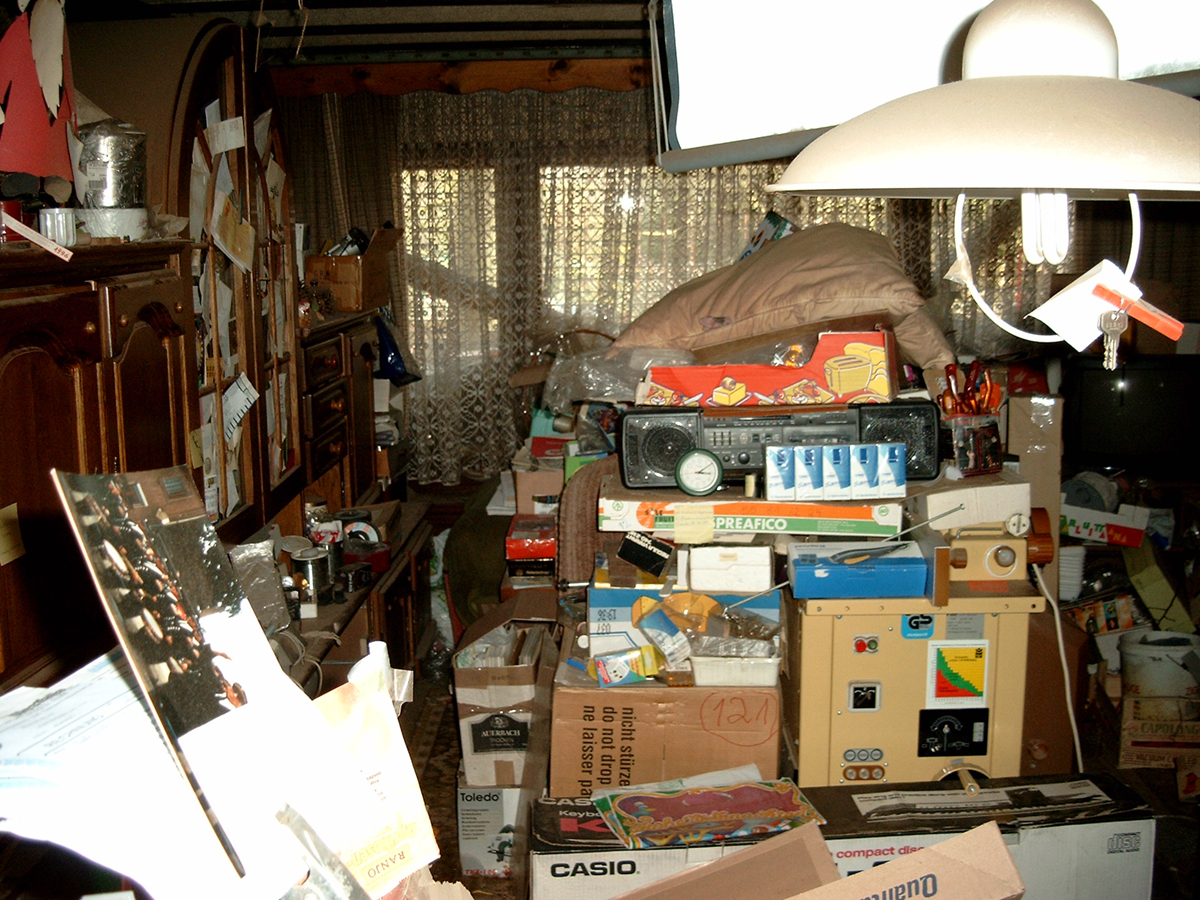
Compulsive hoarding disorder is a type of obsessive-compulsive disorder (OCD) characterized by accumulation of objects without a value and difficulty to discard accumulated things. Because of this, compulsive hoarding is also known as “pathological collecting”. This condition doesn’t refer to a simple mess in a home but the collected clutter takes over the homes of people with hoarding OCD making their living space unusable and activities like cooking and showering impossible.
Apart from obsessive-compulsive disorder, hoarding can indicate other mental health problems such as schizophrenia, mental retardation, eating disorders, dementia, psychosis, attention deficit disorder and depression. However, people with OCD most commonly suffer from hoarding disorder.
Symptoms of Hoarding Disorder
People with compulsive hoarding disorder obsessively collect all sorts of things that cannot later discard believing they might be eventually needed. Hoarders are often called “packed rats” by others. These people become excessively attached to possessions and may even keep stacks of trash, newspapers and junk mail. Patients with compulsive hoarding disorder is emotionally attached to possessions and don’t want to let other touch or borrow their stuff. Homes of hoarders can be filled to capacity that obstructs the common use of rooms. When there is no more space in the house, clutter may spread to a garage, yard and vehicle. Hoarders often suffer from compulsive shopping too. Impulsive acquisitiveness can in some cases lead to kleptomania or stealing. Hoarders usually have trouble making decisions, especially related to piled things, and difficulty organizing. They are usually perfectionists and socially withdrawn. People with hoarding disorder usually feel embarrassed because of their immense clutter and become isolated. Some people even hoard animals in their homes. Keeping dozens or hundreds of animals inside the house leads to living in unsanitary conditions and represents health hazard. Additionally, symptom of hoarding is abnormal grooming behavior like nail biting, skin picking, and compulsive hair-pulling.
Causes
Exact cause for compulsive hoarding disorder is unknown and this condition can affect any person, regardless of age and gender. Onset of hoarding is usually in early adolescence and with age it tends to get worse. Hoarding can run in families thereby a person with family history of hoarding disorder is at high risk. Hoarding can be triggered by severe emotional stress such as death of a loved one or divorce.
People with hoarding disorder are usually unaware of their condition and don’t believe they need to be treated. Treatment for hoarding is usually difficult because the condition is not quite understood yet. The treatment of hoarding is the same as of OCD and involves medications and cognitive-behavior therapy. However, patients with hoarding disorder do not respond well to the conventional treatment of OCD and have to be specifically designed according to individual case.




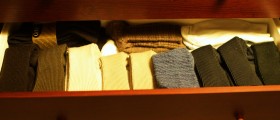
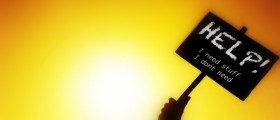

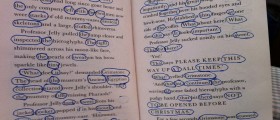
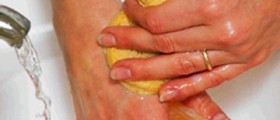
-Causes,-Symptoms,-Diagnosis-And-Treatment_f_280x120.jpg)
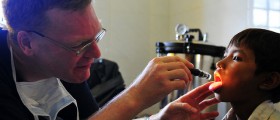
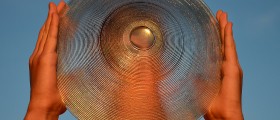
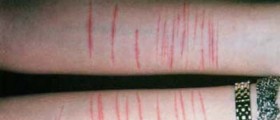

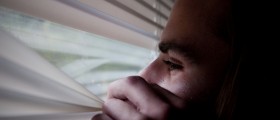


Your thoughts on this
Loading...